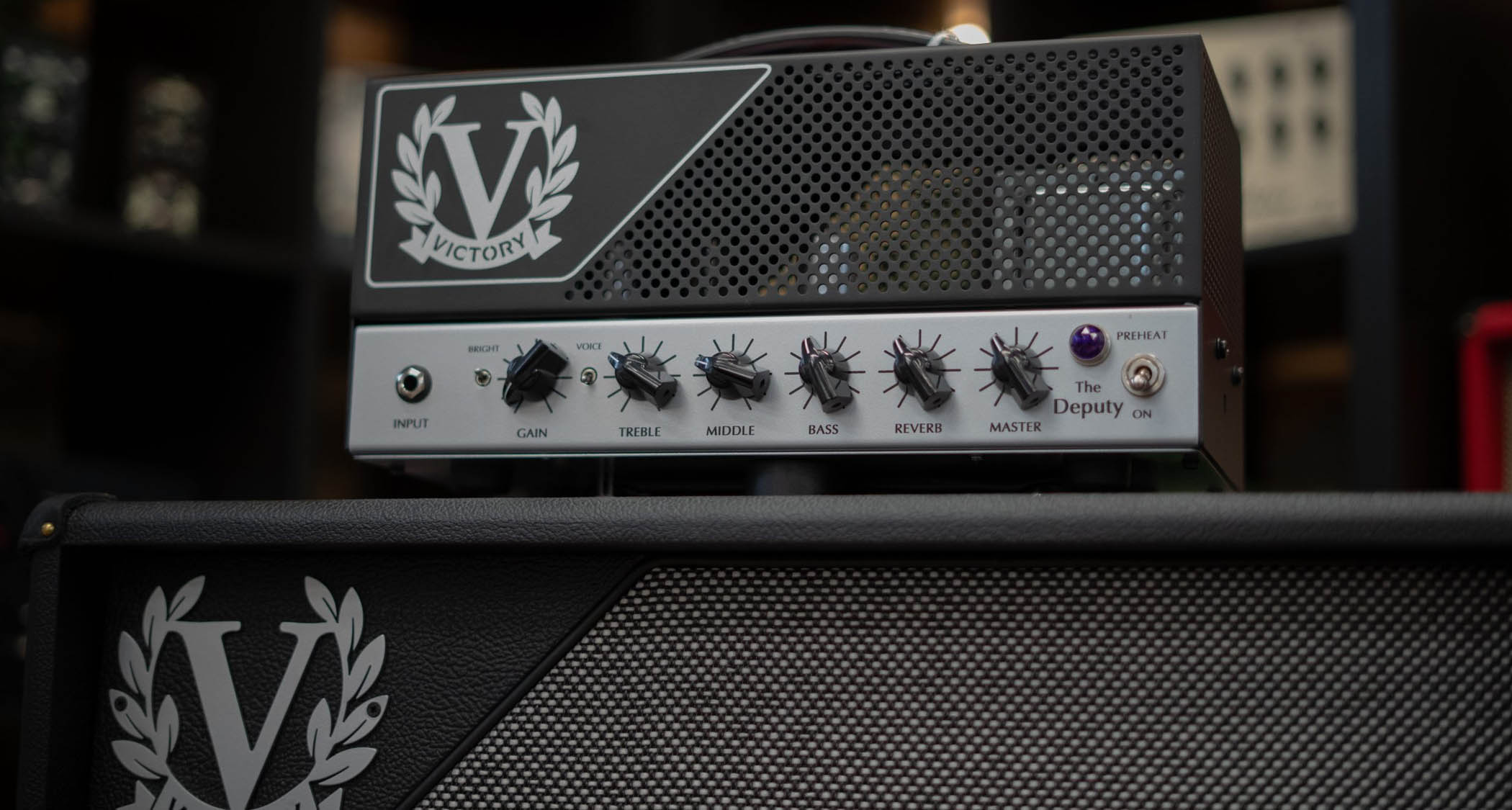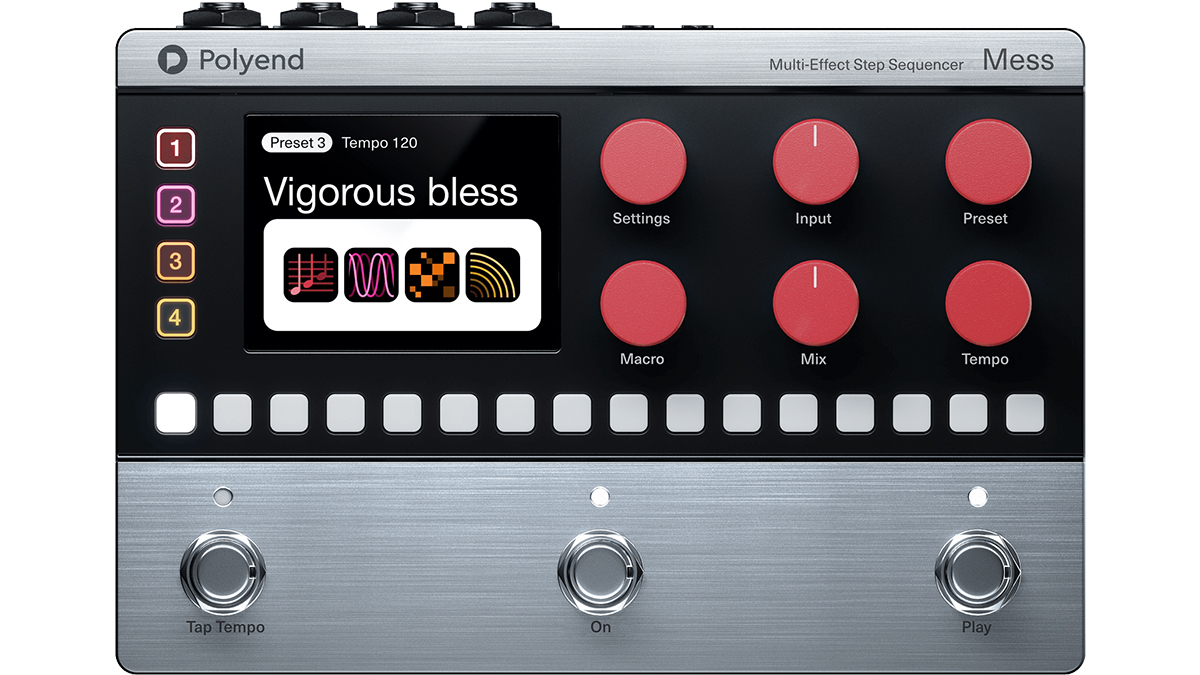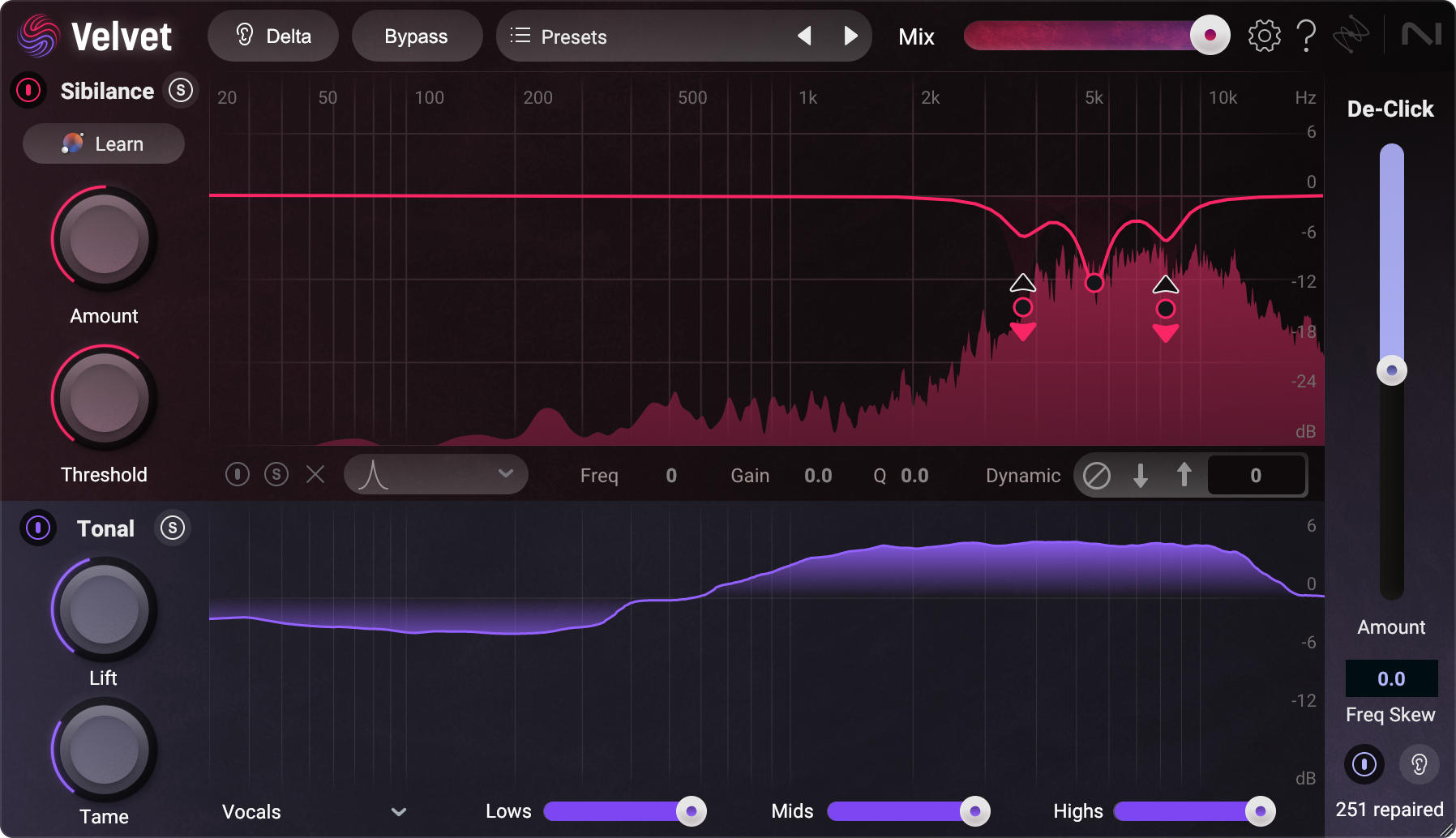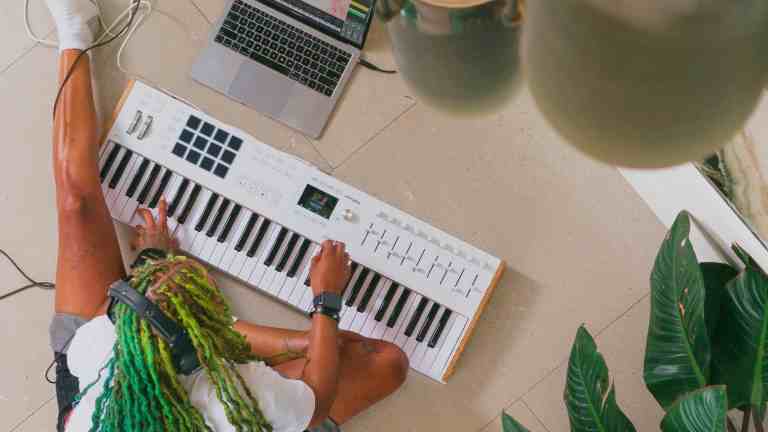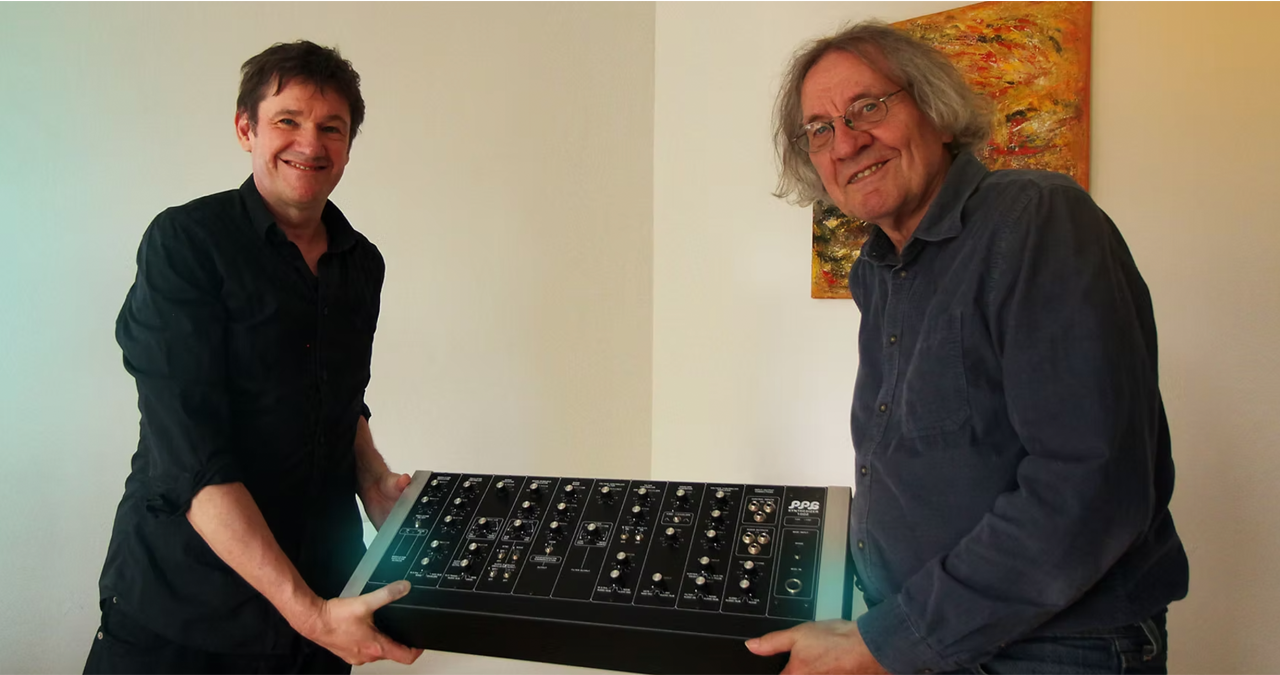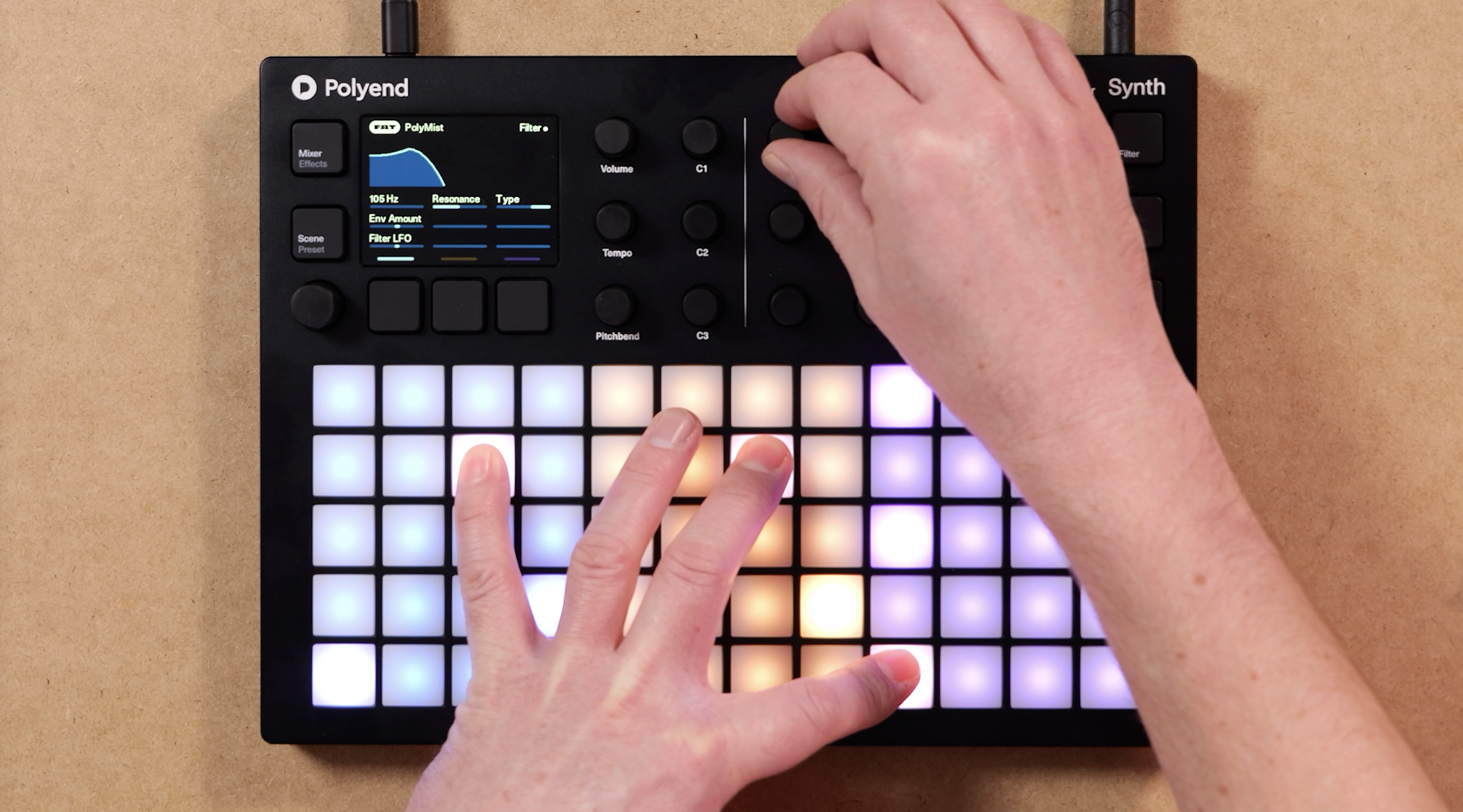26 inspirational and practical ambient music production tips and tactics
A slew of tools and techniques for creating atmospheric sounds

Pioneered by the likes of Philip Glass and Brian Eno, ambient music is as much about creating mood as it is about creating melody.
Fortunately, computer users can now call upon an arsenal of ambient-friendly production tools - MusicRadar is here to explain what they are and how to use them.
1. General inspiration and sources
1. If all the soft sounds and smooth vibes get a little too much, try some juxtaposition. Ambient heroes The Orb are fond of this technique, and whether it's a squealing guitar, devastating synth hit or ridiculous vocal sample, they're not afraid to toss something a little unusual into the mix.
2. Getting off-the-wall sounds doesn't have to involve spending hundreds on sample downloads and libraries - there are plenty of interesting sounds happening all around us all the time. If you've got a mic and a laptop - or any portable recorder - take a field trip and record some of nature's bounty. Running water's always good for a laugh, but remember: your equipment should stay dry, even if you don't…
3. Second-hand record shops are great places to find sounds. You may even find that your local charity shop has an untapped collection of oddities just waiting to be snapped up by the enterprising samplist. From records featuring nothing but steam engine noises to children's story albums, there's an abundance of weirdness out there for the taking.

Claire Rousay and Michael Scott Dawson share their advice for ambient producers
4. Samples are a constant source of inspiration, but it's easy to discount one because it doesn't fit the feel of your track when you first try it. If you're short on fresh ideas, try running short bursts of a sample through a delay effect. Using this method, it's possible to come up with some great abstract noises that sound nothing like the original source material.
5. If your tracks are jam-packed full of synthetic-sounding virtual instrument patches and everything's starting to sound too 'computery', consider bringing in some natural sounds or using a few real instrument parts. Even if they're from ROMplers, it should help take some of the unnatural edge off.
Get the MusicRadar Newsletter
Want all the hottest music and gear news, reviews, deals, features and more, direct to your inbox? Sign up here.
6. Recordings of natural sounds such as rainfall, waves, wind and fire are great for filling out a mix because they're basically noise, and as such, they have a wide range of frequencies. They shouldn't be too loud or they'll overpower the mix, but use them with care and they can be extremely useful.
7. Noise is a useful synthesis tool - if your synth features a noise oscillator, you can use it with a fast-attack amplitude envelope to create your own percussion sounds. This sounds artificial, but in a lo-fi way, and works especially well when teamed with a high-quality reverb.
8. If you're using long, sustained sounds, such as pads, your mix can lack movement if these elements are too static. By subtly altering tuning, pulse width or filter cutoff over time, you can create more organic sounds that will enhance the mix rather than make it sound lifeless.
"Recordings of natural sounds such as rainfall, waves, wind and fire are great for filling out a mix because they're basically noise"
9. If you've got a sample that you want to play for longer than its duration, you have two basic options: you could timestretch it, which will most likely introduce unwanted audio artifacts, or loop it. Crossfade looping is the best way to get seamless loops, but if this isn't possible, you can recreate the effect yourself by fading between two audio tracks in your mixer.
10. To make a pad sound particularly evocative, try modulating the filter cutoff with a shallow LFO as well as a big, sweeping envelope. This will give the sound a great deal of movement and works superbly when combined with a delay effect.
11. When working with vocals, you can have a lot of fun with pitchshifting. When pitching vocals around, it helps to use a plug-in with a formant control - this helps vocals retain their characteristics or, conversely, can be used to alter them radically.
12. With modern audio sequencers, it's easier than ever to cut up vocals and other rhythmic sounds in order to fit them in with the groove of your track. When cutting sounds up in your sequencer, remember to zoom in to make sure you're cutting the file at a point where the amplitude is zero - otherwise known as a 'zero crossing'.
13. When deploying your newly-sliced rhythmic samples, it's not always best to have your sequencer's snap control active. You might find that pulling samples forwards along the track a little makes them fit in better with the rest of the groove, and having the snap control turned off also makes programming human-sounding rhythms easier.
14. Silky bass guitar tones are a common sound in ambient dub, but if you don't have a real bass guitar to hand, you'll have some trouble getting the same smooth sound. Try one of the virtual bassists or ROMplers now on offer - Toontrack's EZbass is a great tool, for example, as is IK's Modo Bass.
15. Whether you're composing in stereo or surround, it's important to use the available panoramic space properly if you want to create a sense of size. If your track has drums, you'll probably want to pan these around the centre, but with synths and effects you can afford to use the space more creatively, so try panning them around.
16. Most DAWs have simple pan controls that only enable you to pick one position in the stereo panorama. If you're looking for slightly more control, a stereo imaging plug-in can be used to control the position and filter setting of each channel or tweak them as a mid/side pair, respectively.
2. Reverb
17. Reverb is one of the most important tools you have for creating a sense of space, so if you're making ambient music, it pays to take the time to get it as sweet as you can. A good start is to use a high-quality reverb, and there are a few free ones well worth investigating - try Valhalla's SuperMassive or Space Lite, for starters.
18. It can be tempting to just stick reverb on a few tracks and leave it at that, but that wouldn't be using this powerful effect to its full potential. Using high damping values, large room sizes and long reverb times will create a big sound that, when combined with judicious EQ, can create a 'far away' kind of effect.
19. When using reverbs, if you want to create a softer, more ethereal effect, use less of the dry signal in the output. You can do this by turning the wet/dry ratio up, or, if you're using a send effect, by setting it to pre-fader and turning the source channel's main volume level down.
20. If you'd rather have a brighter, closer effect, then make the reverb's damping less severe, reduce the room size and turn down the delay time. This works especially well in conjunction with stereo enhancer effects such as the Voxengo Stereo Touch plug-in.
21. Many interesting effects can be created by rendering out reverb and delay tails minus the original dry sound, then applying creative processing to the tail. Filters work particularly well for this kind of thing and, once processed, the new sound can be played back alongside the original version, or replace it altogether.
22. Finally, when programming synth patches, don't discount the creative potential of your instrument's reverb section. With a long, lush reverb, even the smallest synth squelches or blips can be turned into pleasingly tonal atmospheric effects. Of course, if your synth effects truly suck, you can always use a separate reverb or delay plug-in instead to create the same effects.
3. Delay
23. Delay is a pretty common effect in atmospheric music like ambient, but for ambient dub, a full-on feedback delay, such as Ohm Force's excellent OhmBoyz effect, is just the thing.
24. Dynamic use of feedback delay is useful for creating long, evolving rhythmic effects. By automating the feedback control on a delay plug-in, you can build to a crescendo or create weird rhythmic effects.
25. Getting that distinctive morphing dub delay effect can be done by adding either a filter or distortion component to the feedback loop - easily done in OhmBoyz, as it has both. If you're using a delay effect in Reaktor or another modular environment, you can add these elements yourself, though it's advisable to put a level limiter after them to ensure the feedback doesn't get out of control.
26. Delay effects work well before a reverb, though too much of either will swamp the mix. However, it's possible to tame these effects with automation - set the reverb's wet level to 0%, automating it so that it comes up as the end of the delay tail is playing. This way, you'll be able to use both the delay and the reverb, without having too much of either going on at once.
As an advanced alternative, you could use sidechain compression to duck the start of the reverb (using the source signal as the key input), and setting the release time appropriately, thus achieving the same effect automatically.


Computer Music magazine is the world’s best selling publication dedicated solely to making great music with your Mac or PC computer. Each issue it brings its lucky readers the best in cutting-edge tutorials, need-to-know, expert software reviews and even all the tools you actually need to make great music today, courtesy of our legendary CM Plugin Suite.




